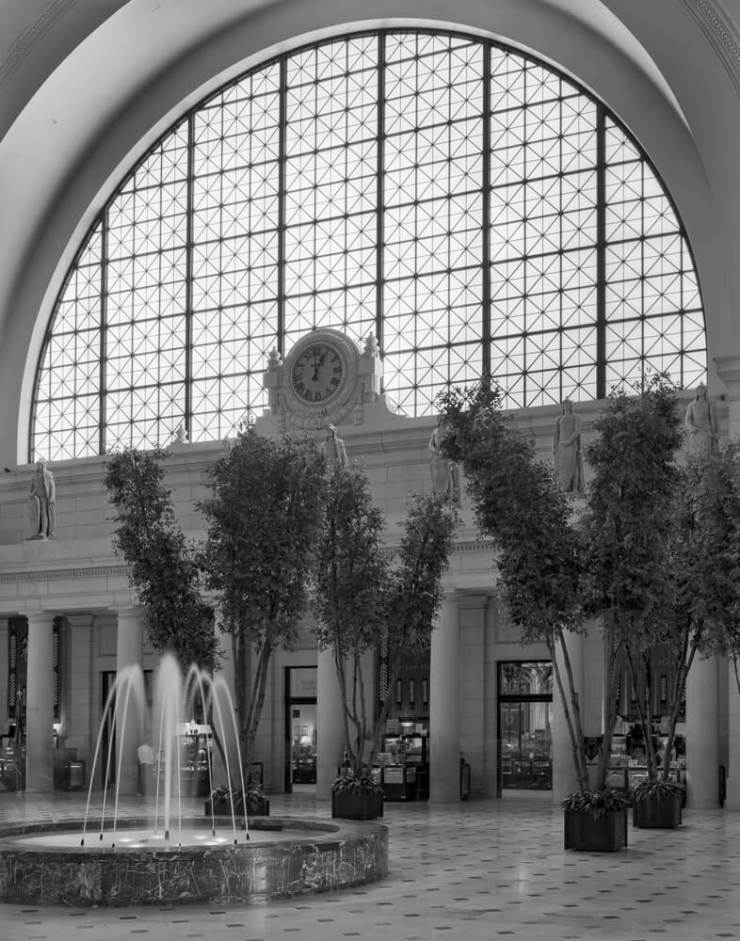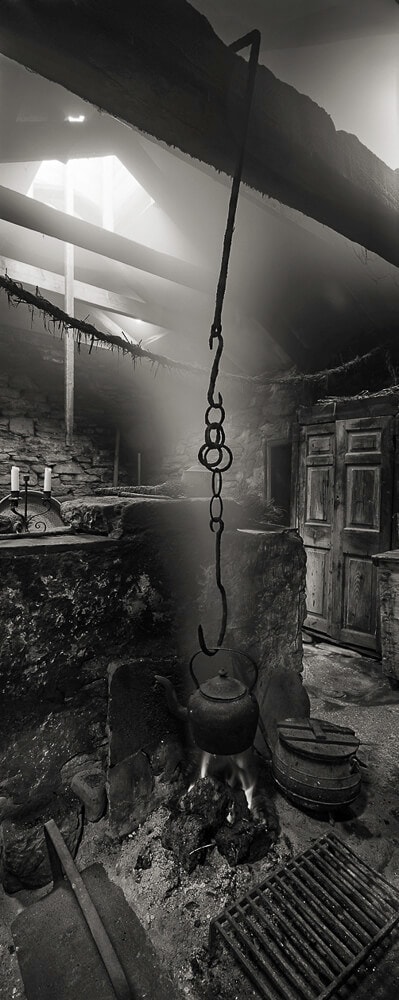Long Exposures

There is a big difference between working with a view camera and a 35mm camera. As a newspaper photographer, I was using 35mm cameras with the fastest lenses I could afford. When I started working with an 8×10 view camera, it was in the studio. Fast lenses were not as important, the depth of field. Sharp lenses, color corrected lenses those were the holy grail of studio lenses.

As a poor photojournalist, I bought what I could afford. When I left photojournalism and went to graduate school, I sold all my 35mm equipment and only had my 8×10 view camera and two lenses. As I said earlier, I hoped to be the next Ansel Adams, so depth-of-field became my by word, which translated into long exposures. I fell in love with long exposures. I loved what the wind did to trees, what water did over multiple minute exposures. There was a great deal of depth of field, but the prolonged exposure allowed the motion to flow thru the frame. When I began photographing in train stations, I carried the f64 aesthetic with me. I wanted everything as sharp as possible. In these large public spaces, I couldn’t light the scene with studio lights, so I used the natural and available light that had been designed into the area. And I discovered something incredible.

People. During a ten minute exposure in a train station, people would move through the scene occasionally creating a ghostly presence if they stopped for a while. On a long exposure if something stays in place for approximately half the exposure time a ghost-like presence shows up in the image. These ghosts became the symbols in my train station images. The elegant structures provided the stage set, and the ghost figures created the sense of a passage of time. A place of transformation.
After working in the train stations, I continued to use and explore the idea of long exposures. In the pump houses, there were no people, but the exposures were often over an hour in duration. And there is a presence in some of these images that I feel and attribute to these long exposures.

To this day I love long exposures. In both Touchstonesand Odin Stone, I would use the longest possible exposure for most images. In the Walk along the Jordan, I would use a pinhole camera to create these long exposures, and they were interspaced throughout the book.

This extended exposure methodology is missing from digital photography. There is no reciprocity failure to double or triple a low light long exposure. But I have found that with a ten stop neutral density filter I can begin to recapture the sense of the passage of time in my digital images. It is this sense of transformation, moving from one place to another that underpins most of my work.
tillman